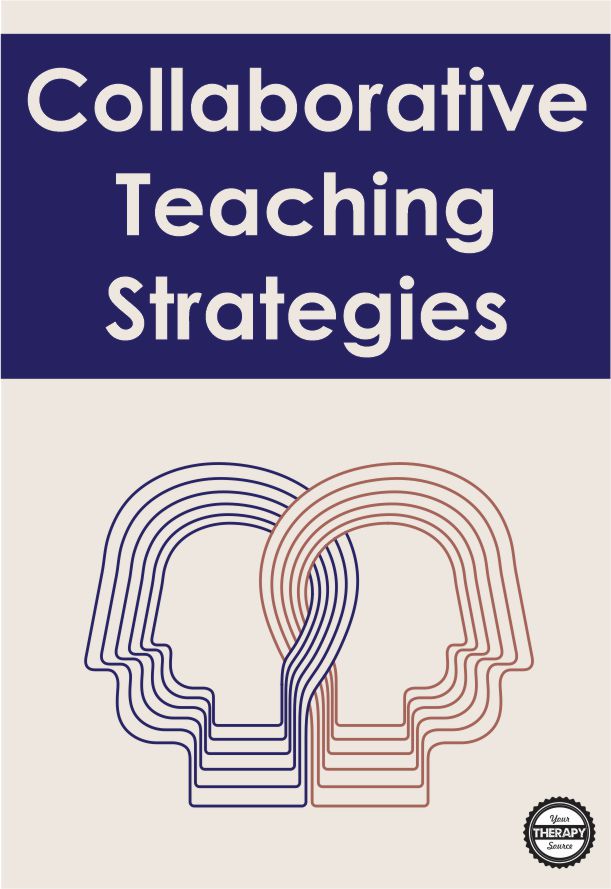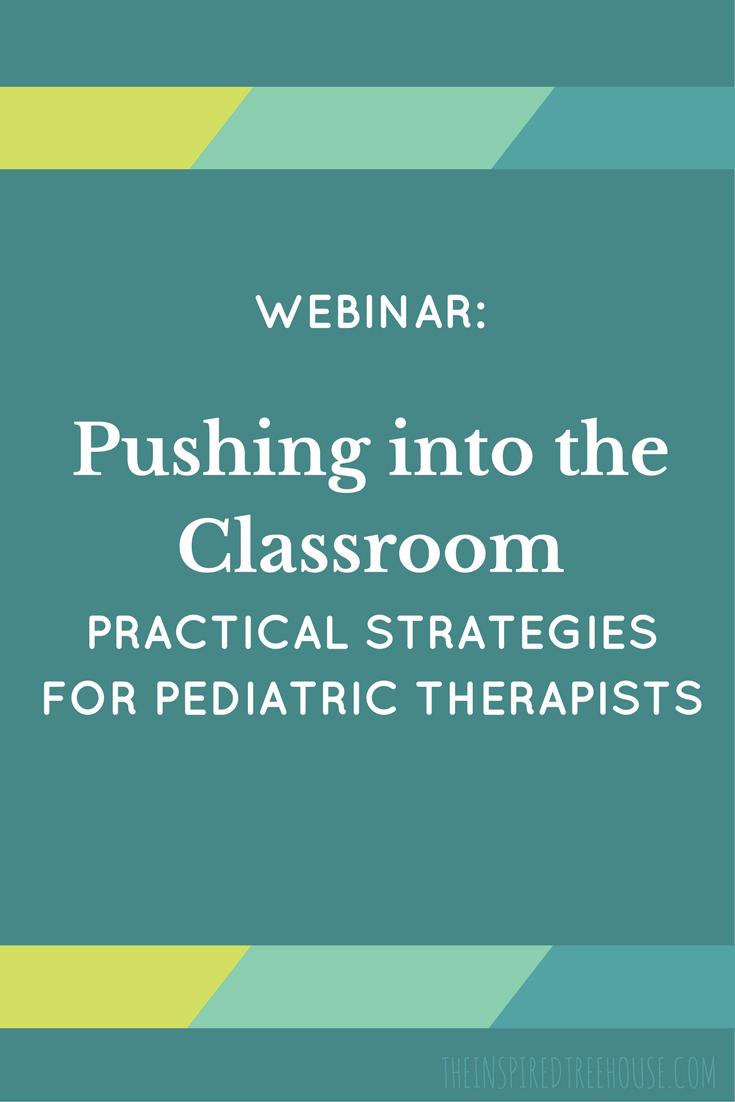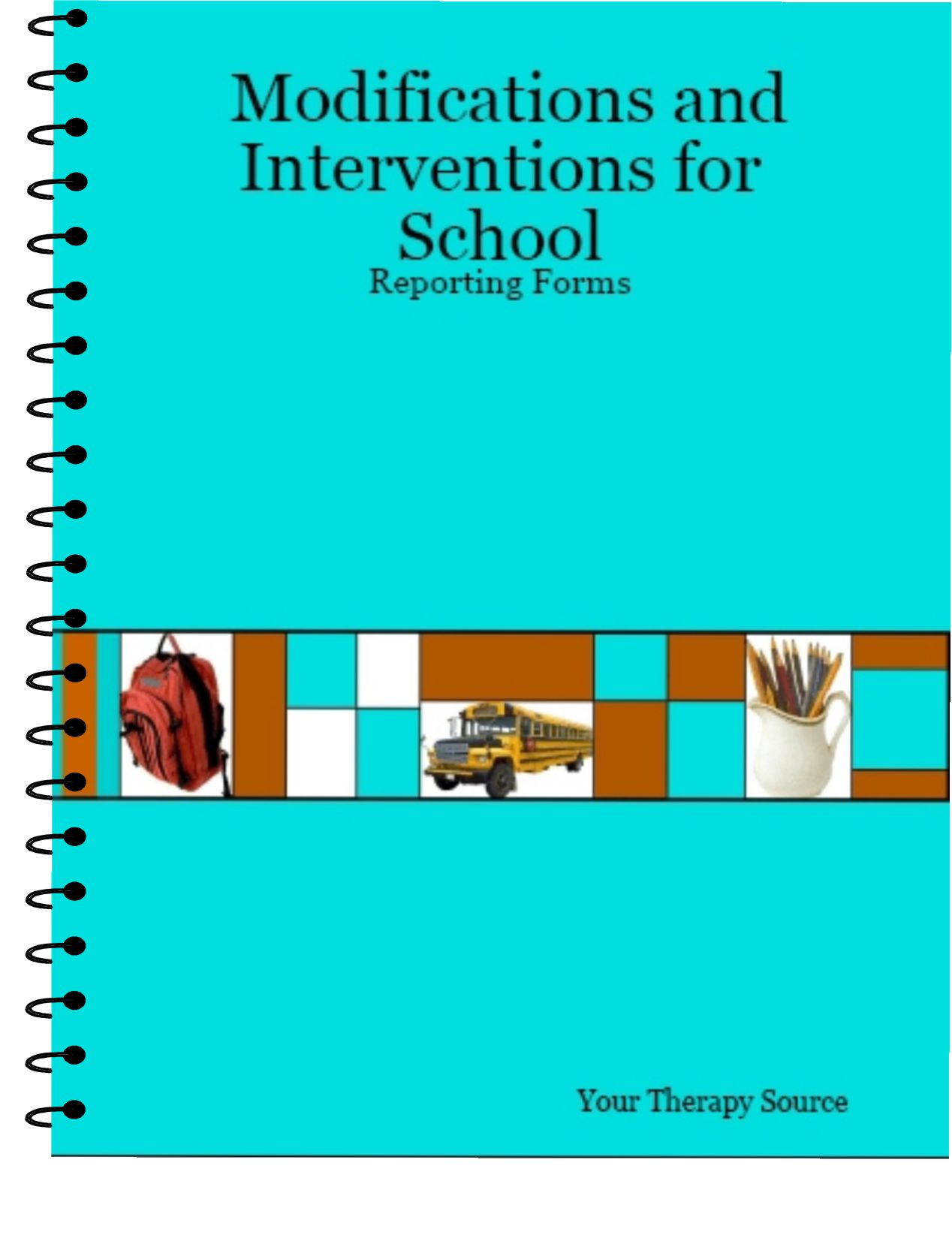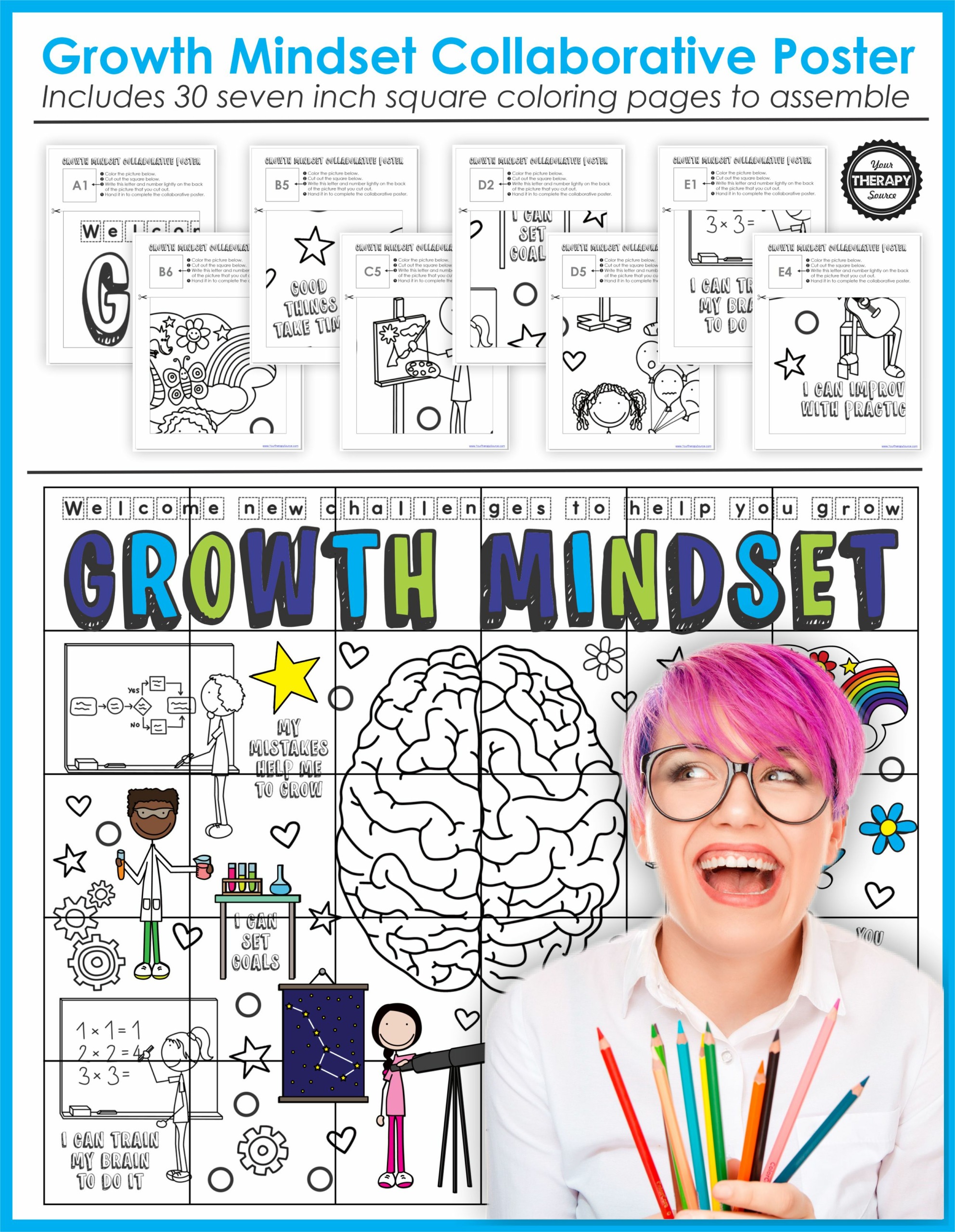Collaborative Teaching Strategies

In the ever-evolving landscape of education, the effectiveness of traditional teaching methods is constantly under scrutiny, paving the way for innovative approaches. One such method garnering substantial attention is collaborative teaching. Collaborative teaching strategies offer a robust framework for teachers to synergize their expertise, creating an enriched and dynamic learning environment. Integrating the principles of collaboration, coordination, and communication enhances the teaching process and fuels student engagement, fostering an atmosphere conducive to deep, active learning. Read more about the intricacies of collaborative teaching, exploring its multifaceted dimensions, implementation techniques, and the potential for related service professionals to contribute to this model.
WHAT IS COLLABORATIVE TEACHING?
In the world of education, collaborative teaching strategies are a powerful method for enhancing the learning experience. Collaborative teaching, also known as co-teaching, involves two or more professionals working together in the same classroom, leveraging their individual skills and knowledge to create an enriched learning environment for students. This approach encourages teacher collaboration, enabling the sharing of best practices and the co-development of lesson plans, ultimately fostering a supportive, engaging, and diverse learning community.
WHAT ARE THE SIX TYPES OF CO-TEACHING?
The application of collaborative teaching strategies varies widely, depending on the specific needs of the students and the teachers’ expertise. There are six recognized types of co-teaching, each of which offers a unique approach to the collaborative teaching process:
- One Teach, One Observe: One teacher leads the lesson while the other observes and collects data on student engagement, learning styles, and understanding.
- One Teach, One Assist: One teacher provides the main instruction while the other supports students who may need additional help, thereby addressing individual learning needs.
- Parallel Teaching: The class is divided into two equal groups, with each teacher instructing their group on the same subject matter, promoting smaller group interactions.
- Station Teaching: The classroom is divided into different stations, each led by a teacher who covers different aspects of the lesson plan. Students rotate among stations.
- Alternative Teaching: One teacher instructs a large group while the other works with a smaller group that needs specialized instruction.
- Team Teaching: Both teachers deliver the lesson together, sharing responsibility for planning and instruction. This is a great way for students to benefit from the different perspectives of the two educators.

Pushing Into the Classroom: Practical Strategies for Pediatric Therapists – Webinar
EXAMPLES OF COLLABORATIVE TEACHING
Implementing collaborative teaching strategies effectively requires careful planning and active engagement from all team members. Here are a few examples:
- Project-Based Learning (PBL): In PBL, teachers from different schools or subjects can collaborate to create a project that crosses subject lines. For instance, an English teacher and a history teacher could work together on a project about historical fiction.
- Integrated Lesson Planning: This strategy involves teachers from different subjects working together to create a comprehensive lesson plan covering various topics. For example, a science teacher might partner with a math teacher to design a lesson on the physics of motion, incorporating both scientific principles and mathematical calculations.
- Common Planning Time: Teachers can utilize common planning time to collaborate on teaching strategies, discuss student progress, and plan for future instruction. This is especially beneficial for team teaching, as it allows teachers to use their shared classroom time effectively.
- Shared Digital Platforms: Tools such as Google Docs allow for real-time collaboration and sharing of materials and resources. Teachers can work together to create, edit, and revise lesson plans, assignments, and assessments.
- Professional Development: Professional development workshops and training sessions can provide a forum for teachers to learn from each other, share best practices, and develop new ideas for collaborative teaching.
With the integration of these collaborative teaching strategies, students are encouraged to actively participate in their own learning process actively, fostering critical thinking and interpersonal skills while enabling teachers to gauge student understanding and adapt their teaching methods accordingly. This results in a collaborative culture that nurtures personal and academic development while promoting community building and mutual respect among students and teachers alike.
HOW CAN RELATED SERVICE PROFESSIONALS USE COLLABORATIVE TEACHING STRATEGIES
Related service professionals such as occupational therapy, physical therapy, and speech therapy providers can significantly contribute to collaborative teaching strategies. These professionals offer specialized knowledge and can work with support staff in schools to improve the learning experience for students with special needs.
They can contribute to Professional Learning Communities (PLCs), collaborative groups of educators who meet regularly to share expertise and work on common goals for student learning. For example, an occupational therapist might collaborate with a teacher to develop strategies for a student struggling with handwriting due to motor skill difficulties.
Furthermore, related service professionals can contribute to a Multi-Tiered System of Supports (MTSS), where they work with teachers and other staff to create and implement strategies to support students’ varying academic, behavioral, and social-emotional needs.

Modifications and Interventions for School Reporting Forms
COLLABORATIVE TEACHING STRATEGIES FOR RELATED SERVICE PROFESSIONALS
Here are some specific examples of how related service providers can provide collaborative activities in the school system:
- Contributing to Differentiated Instruction: Occupational therapists are experts in understanding how a child’s physical, cognitive, and sensory abilities can impact their academic performance. They can suggest modifications or adaptations to the classroom environment, instructional materials, or teaching methods to accommodate individual students’ needs. For example, they might recommend special seating arrangements for a child with attention issues or suggest assistive technology to aid a student with handwriting difficulties.
- Integrating Therapy Goals into Classroom Activities: A physical therapist can work with classroom teachers to integrate therapeutic goals into everyday classroom activities. For instance, if a student needs to work on gross motor skills, the physical therapy provider might collaborate with the teacher to incorporate activities into the lesson plan that involve movement, physical activity, balance skills, and coordination tasks.
- In-Class Support: At times, a speech therapist might join the classroom during a lesson to provide direct support to a student or small group of students. This approach allows the therapist to guide the student’s learning in real-time, making adjustments as necessary to ensure the student is benefiting from the instruction.
- Professional Development for Teachers: Related service providers can provide training for teachers to help them better understand different physical and cognitive challenges that students may face. They can offer practical strategies for teachers to use in the classroom, helping them to more effectively support all students, particularly those with special needs.
- Collaborative Problem-Solving: If a student is facing challenges in the classroom, the occupational therapist can be a key player in brainstorming solutions. By collaborating with teachers and other school professionals, the occupational therapist can help develop a comprehensive plan to address students’ difficulties and promote academic success.
These are just a few examples of how related service providers might contribute to a collaborative teaching model. In each case, the therapist’s unique expertise enhances the educational environment, ensuring that all students, including those with special needs, receive the support and accommodations they need to thrive.
WHAT IS COLLABORATIVE LEARNING?
Collaborative learning is an educational approach that involves students working in teams or small groups to achieve a common goal. It’s based on the idea that learning is a naturally social act in which students learn from each other. This type of learning supports Vygotsky’s Zone of Proximal Development theory, which suggests that students learn best when they collaborate with peers who can provide support.

Growth Mindset Collaborative Poster
EXAMPLES OF COLLABORATIVE LEARNING TECHNIQUES
Collaborative learning techniques include a range of strategies designed to promote group work, encouraging active participation, social interaction, and the development of critical thinking skills. Examples include:
- Think-Pair-Share: Students think about a question or problem individually, then pair up to discuss their thoughts before sharing with the larger group. This encourages critical thinking and allows for thoughtful discussion.
- Jigsaw Learning: In this method, each member of a group is assigned a different piece of information. They become the “expert” in that area and then teach it to the other group members.
- Learning Circles: These are small groups of students who work together over time. The purpose is to discuss readings, support each other’s learning, and work on group projects.
- Online Collaborative Learning: With the growth of online learning, digital environments like online forums, Google Docs, and virtual learning environments are becoming increasingly popular for group work.
- Gallery Walk: Students work in groups to create work related to a specific topic. The work is then displayed, and students walk around the room discussing each group’s work.
Collaborative learning strategies effectively enhance student engagement, encourage active participation, and develop a range of skills, including leadership, problem-solving, and interpersonal skills. By employing these techniques, teachers can create a collaborative learning environment that fosters a culture of mutual respect, supports individual and group learning, and cultivates the development of strong connections between students.
SUMMARY: COLLABORATIVE TEACHING STRATEGIES
Collaborative teaching strategies and collaborative learning techniques form a powerful combination for boosting students’ academic achievement and personal development. These practices promote a vibrant, engaging learning community that equips students with the skills they need for success in the classroom and beyond.



